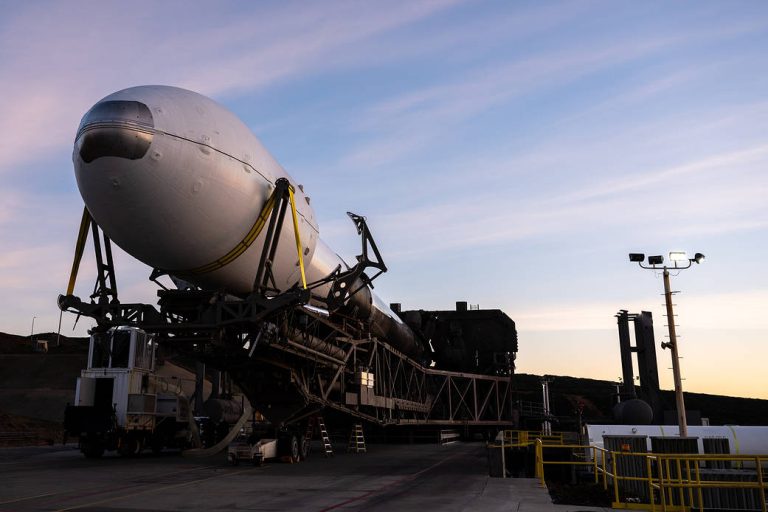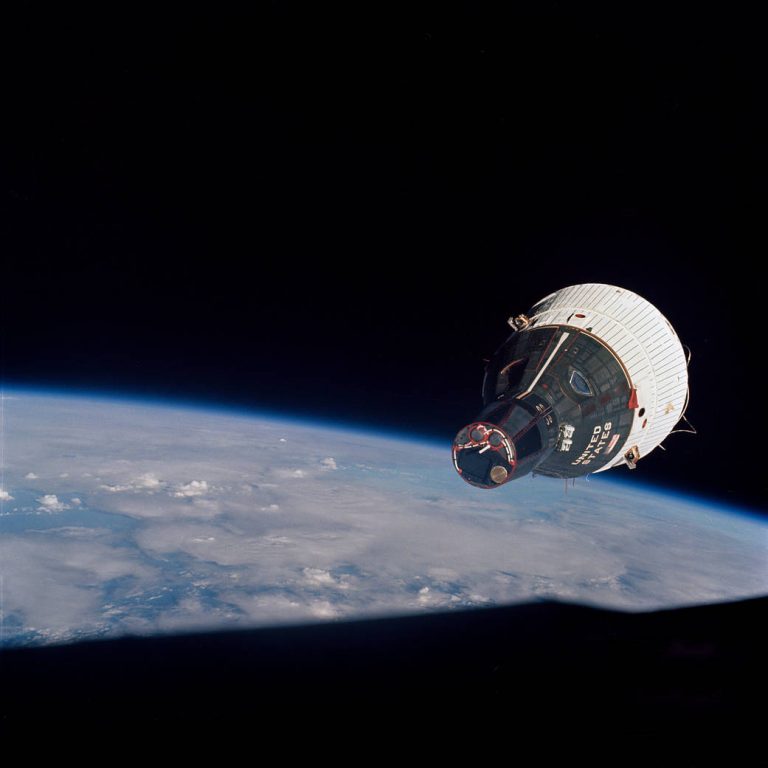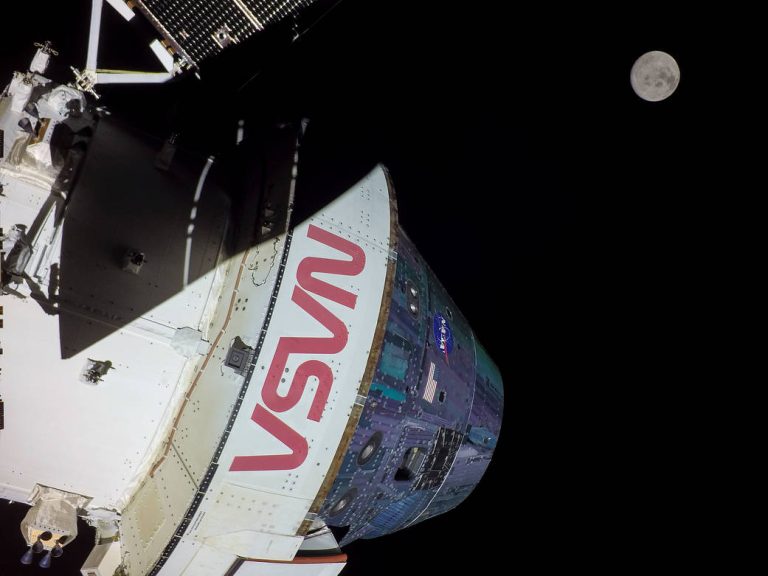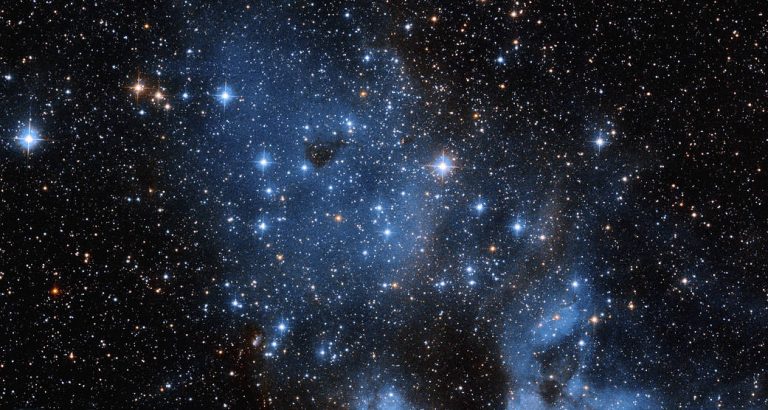SWOT卫星,猎鹰9号火箭驶向发射台
A SpaceX Falcon 9 rocket with the Surface Water and Ocean Topography (SWOT) spacecraft onboard is seen as it rolls out to the pad, Tuesday, Dec. 13, 2022, at Space Launch Complex 4E at Vandenberg Space Force Base in California. Jointly developed by NASA and Centre National D’Etudes Spatiales, with contributions from the Canadian Space Agency and the United Kingdom Space Agency, SWOT is the first satellite mission that will observe nearly all water on Earth’s surface, measuring the height of water in the planet’s lakes, rivers, reservoirs, and the ocean. SWOT is set to launch at 6:46 a.m. EST on Dec. 15, 2022. Image Credit: NASA/Keegan Barber 2022年12月13日(星期二),在加利福尼亚州范登堡空军基地的4E航天发射场,一枚搭载有地表水和海洋地形(SWOT)航天器的SpaceX猎鹰9号火箭驶向发射台。。SWOT由NASA和国家太空研究中心联合开发,加拿大航天局和英国航天局提供资助,,它是第一个观测地球表面几乎所有水的卫星任务,测量地球湖泊、河流、水库和海洋中的水的高度。SWOT将于美国东部时间2022年12月15日上午6点46分发射。 影像来源:NASA/Keegan Barber










